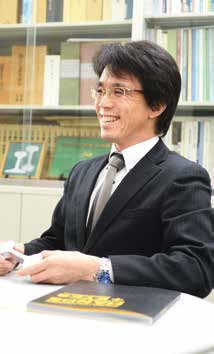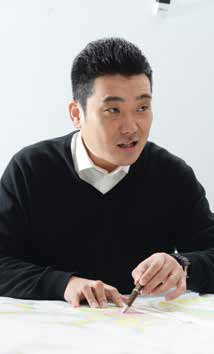Research Area : Urban and Transport Planning
Historical studies in civil engineering, disaster recovery and urban formation
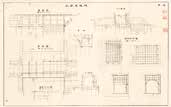
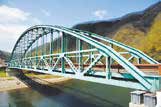
It is important to look back on the history in order to develop the town in the future. What kind of civil engineering technology did the predecessors develop, how did they recover after the disaster, and how did they build the city? We reveal their history by collecting and analyzing archives (documents, drawings, oral histories).
Preservation and utilization of historical civil engineering structures
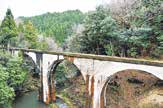
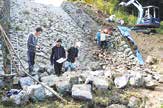
If not rescued, historical civil engineering structures will be lost. We will conduct a survey and evaluate the value of these in order to promote their preservation and utilization, and to utilize them as a “regional asset” in regional development. Then, we will consider and implement ways to preserve and utilize the civil engineering heritages.
Research Area : Urban and Transport Planning
Developing a road map for urban planning adapting to declining population
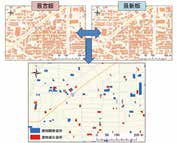
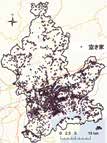
1) This study elucidates the status and issues of change in land use during a period of declining population.
2) Based on quantitative evidence, a road map for urban planning adapted to a declining population is developed as a step toward realizing an urban structure with low environmental load.
Identifying an urban structure model for Eco-livable cities
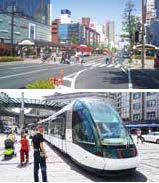
A low-carbon, environmentally-friendly lifestyle often has the negative reputation of introducing limitations and burdens into our daily lives. However, reviewing global success cases in urban planning shows that many of these cities are actually low-carbon and livable (Eco-livable cities). Even more interestingly, many of these cities have used past serious environmental issues as an opportunity to achieve their ideal urban vision over several decades.
This research (1) identifies an urban structural model for “eco-livable cities” that simultaneously achieve low-carbon and livability, and (2) constructs a planning theory to achieve this through a survey and analysis of Japanese and international regional cities as case studies.

